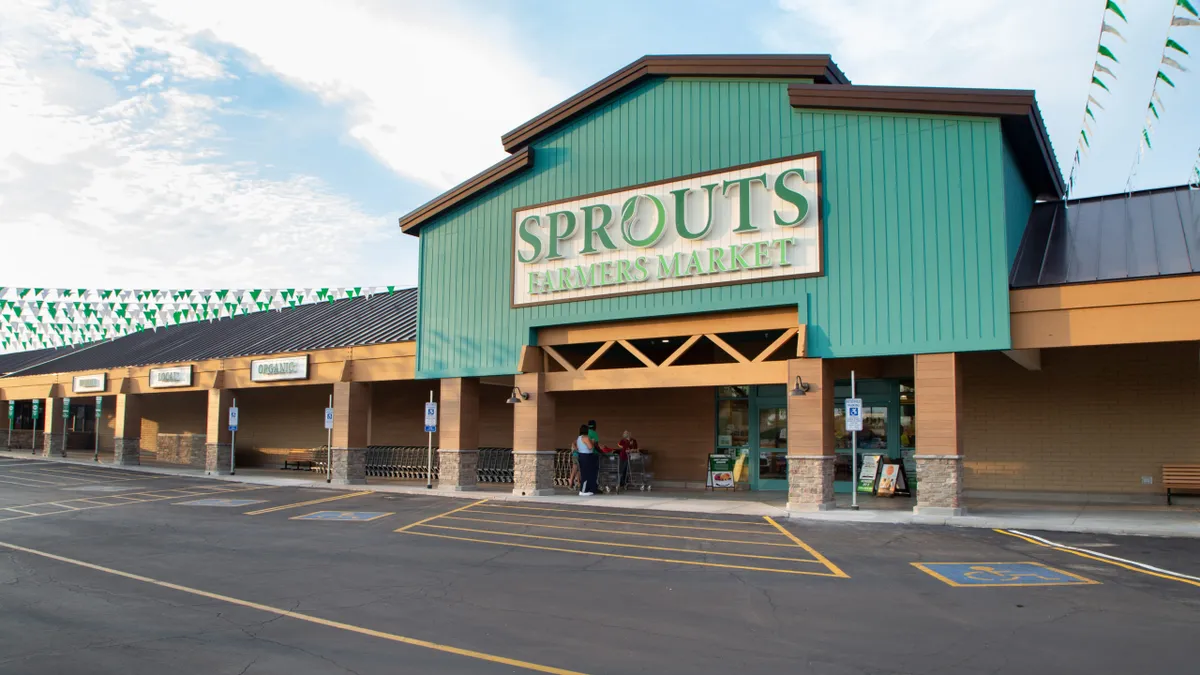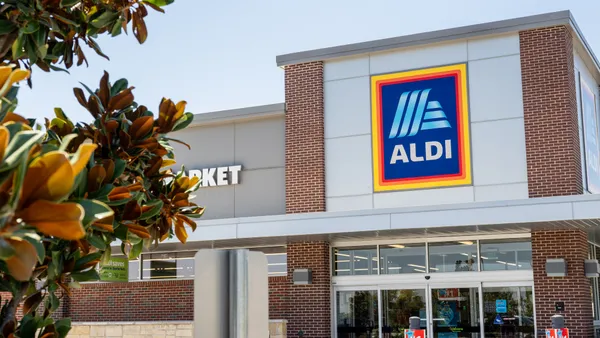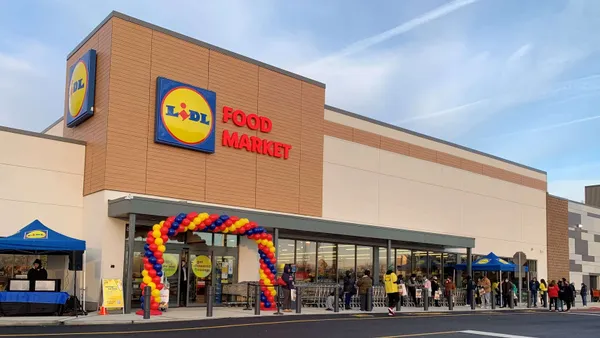Dive Brief:
- Specialty and discount grocers have consistently outperformed traditional supermarkets in monthly year-over-year visit growth, according to a recent Placer.ai report, which credits those two formats as the main reason grocery visits increased in the third quarter.
- While in-store shopping has seen an uptick regardless of format, consumers are willing to travel farther to get to specialty grocery stores, according to data from Placer.ai. Meanwhile, value chains cater to shoppers seeking out specific items.
- Shoppers’ growing reliance on these two types of supermarkets could “reshape the grocery landscape” at a time when grocers like Sprouts Farmers Market and Aldi are embarking on ambitious expansion plans.
Dive Insight:
While savings continue to be a strong driver that has led to more consumers shopping at discount grocery chains, specialty stores’ healthy and organic offerings are continuing to draw people in, according to Placer.ai’s “Specialty and Value Chains Transform Grocery in 2024” report released Thursday.
During Q3, specialty and value grocery formats recorded positive year-over-year changes in monthly visits ranging between 4.7% and 7.7%, which outpaced traditional grocers. Traditional grocers, on the other hand, reported growth in only the first two months of the quarter with a drop in store visits in September, per the report.
For people traveling up to three miles, traditional and value grocers recorded roughly the same share of visits in Q3 and outpaced specialty grocers, per the report. But specialty grocers seem to resonate with shoppers farther away: More than 26% of visits to specialty and fresh format grocers came from people traveling at least seven miles away compared to approximately 23% and 21% for traditional and value chains, respectively, per the report.
Sprouts, Trader Joe’s and Asian grocery chain Great Wall Supermarket were three specialty chains that recorded strong Q3 growth in the share of visitors traveling more than seven miles to shop at their stores, all posting increases compared to the same period last year and in 2019.
Like specialty grocers, value chains are also seeing customers travel a greater distance to their stores to shop their assortment of more economically priced goods. However, value format shoppers stay longer in-store compared to visitors at traditional and even specialty grocer locations, according to Placer.ai.
For example, H-E-B’s value banner Joe V’s Smart Shop “attracts mission-driven shoppers who make less frequent but significantly longer trips than visitors to traditional grocery stores,” the report noted.
In Q3, value grocers accounted for nearly 27% of shopping visits lasting more than 30 minutes — about 4 percentage points above traditional and specialty grocers
Traditional grocers with discount brands, including Hy-Vee and H-E-B, are also seeing their value formats bring in new, specific customer demographics. For example, Joe V’s Smart Shop banner better attracts households with children, while Hy-Vee’s Dollar Fresh chain brings in more lower-middle-class consumers compared to the affluent, middle-aged families and couples that Hy-Vee caters to, per the report.













